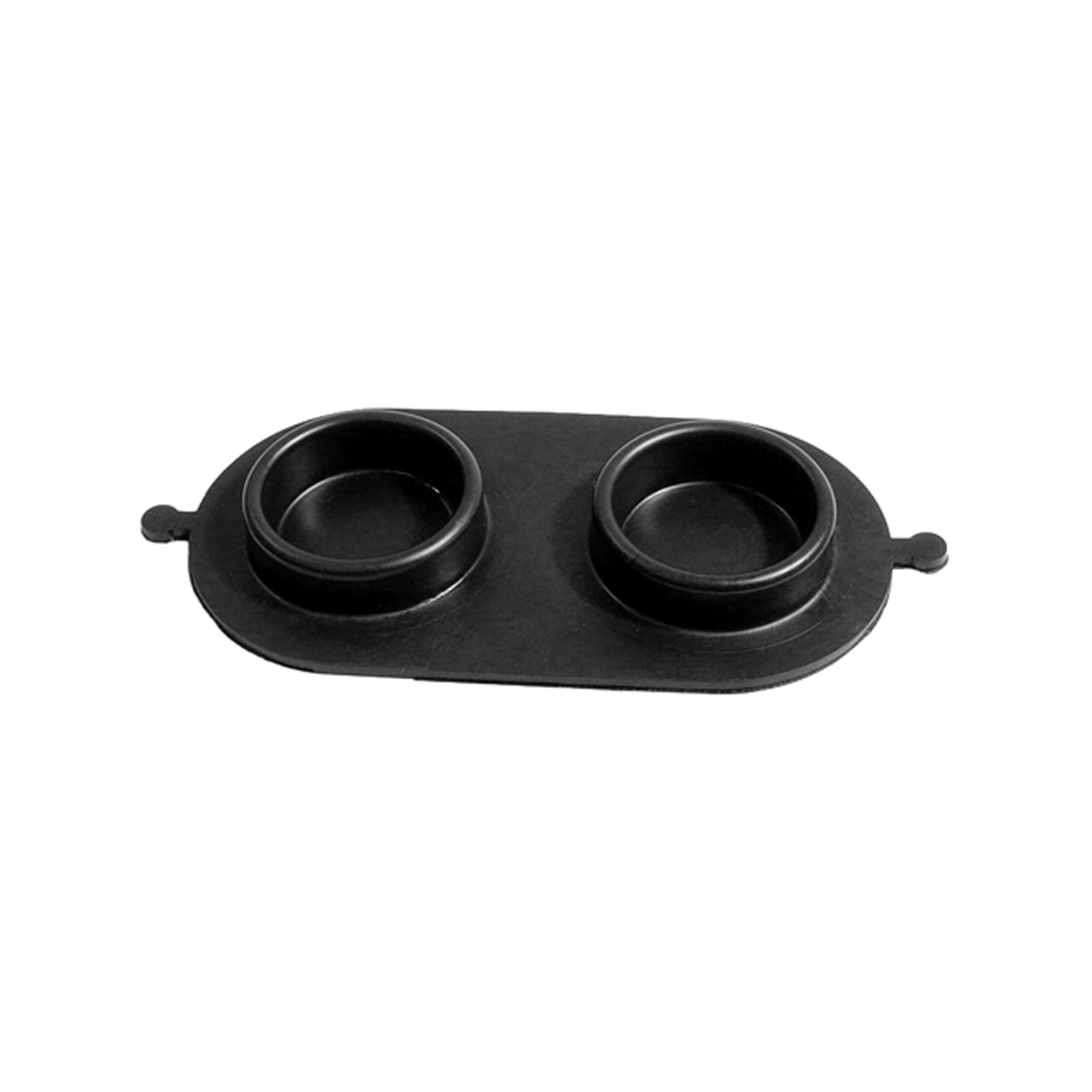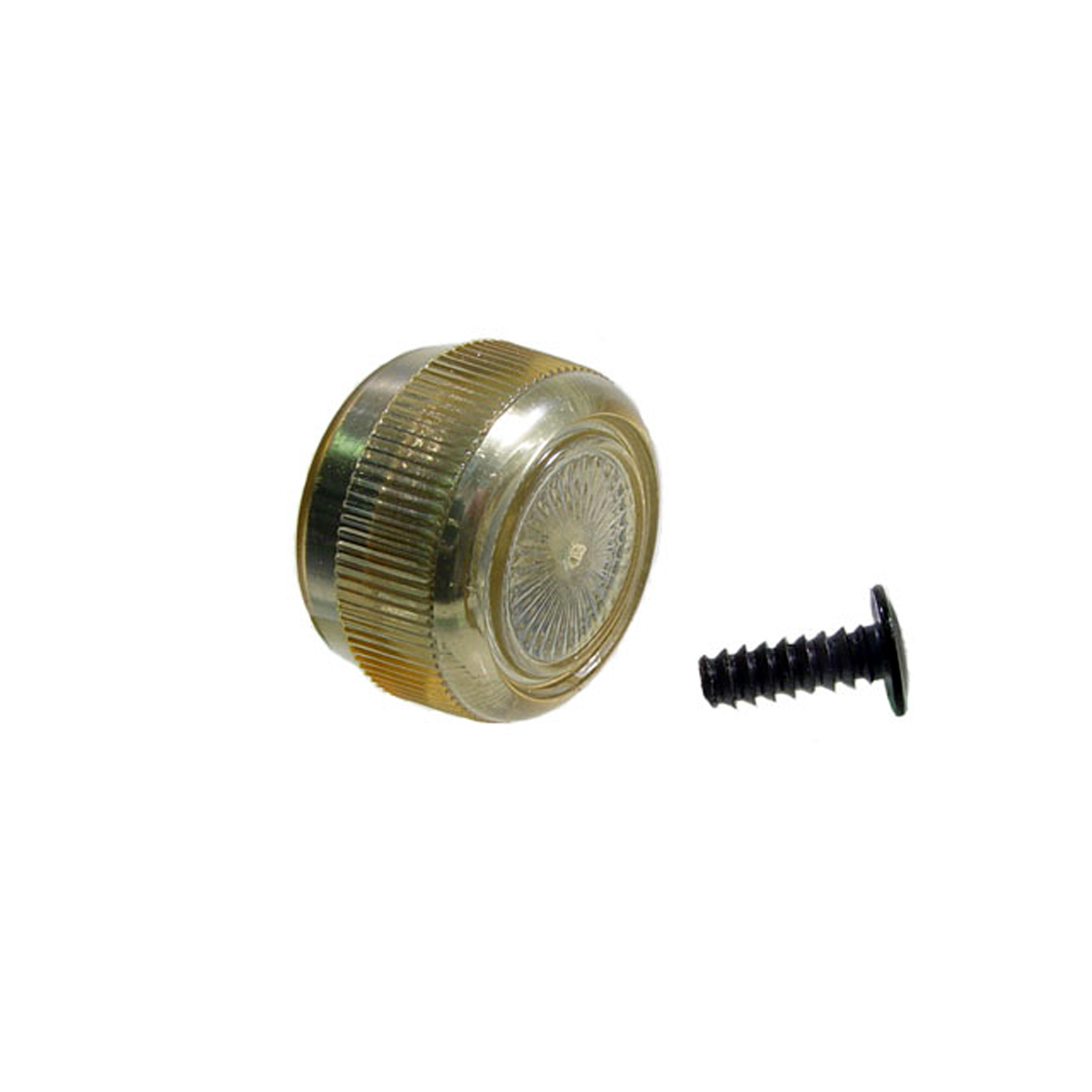Image of 1974 Ford Maverick, sourced from www.coyoteclassics.com , Image Link.
Performance Metrics
Fundamental Metrics
Emotional Appeal
MMP Rating
| Engine Specifications | |
|---|---|
| Engine: | 200 CID I6, 250 CID I6, 302 CID V8 |
| Displacement: | 200-302 cubic inches |
| Horsepower: | 84-140 hp |
| Torque: | 122-239 lb-ft |
| Compression Ratio: | 8.0:1 - 8.4:1 |
| Ignition System: | Conventional, distributor |
| Cooling System: | Liquid-cooled |
| Performance Specifications | |
| 0-60 Time: | 10-12 seconds |
| 1/4 Mile Time: | 17-19 seconds |
| Top Speed: | 105-110 mph |
| Transmission and Drive | |
| Drive Type: | Rear-wheel drive |
| Transmission Type: | 3-speed manual, 3-speed automatic |
| Fuel and Efficiency | |
| Fuel System Type: | Carburetor |
| MPG: | 15-20 mpg |
| Dimensions and Brakes | |
| Brakes: | Front disc, rear drum |
| Wheelbase: | 103.9 inches |
| Weight: | 2,800-3,100 lbs |
Note: Specifications for classic cars are given to the best of our ability, considering the limited and variant data available.
Unveiling the Underdog: The 1974 Ford Maverick
The 1974 Ford Maverick doesn't just tell a story of automotive evolution; it's a testament to the ingenuity and adaptability of American car manufacturing during a time of change. Born from the ambition of Ford Motor Company to create a compact car that could tackle the fuel crisis head-on, the Maverick emerged as an affordable, stylish solution for the economically conscious driver. Its legacy is not just rooted in its practicality but also in its unexpected charm—a charm that has endured for decades.
One notable moment in the Maverick's history was its unexpected role as a canvas for customization, which earned it a cult following among enthusiasts. This compact vehicle proved that even the most unassuming models could steal the spotlight with the right touch.
Design and Innovation: A Glimpse into '70s Style
The exterior of the 1974 Ford Maverick was a blend of simplicity and subtle flair. With its long hood, short deck proportions, and distinctive grille, it echoed the design language of its muscle car cousins while maintaining a more reserved stance. Inside, the cabin offered straightforward comfort with a dash of '70s panache. Materials were typical for the era, with options ranging from basic vinyl to plusher textiles in higher trims.
Technologically, the Maverick was not about bells and whistles but rather about providing reliable transportation at a time when that was paramount. Color options ranged from earthy tones to more vibrant hues, with shades like "Grabber Blue" becoming popular picks for those wanting to make a statement.
Body styles included the two-door sedan and four-door sedan, but it was the two-door version—especially when dressed in "Grabber" trim—that captured hearts with its sportier appeal.
Historical Significance: More Than Meets the Eye
The Maverick's impact on automotive design may not have been revolutionary, but its significance lies in its response to market demands. It set itself apart by offering an economical yet attractive option during an oil crisis. This adaptability left an imprint on how manufacturers approached crises, paving the way for future compact cars.
Performance and Handling: The Maverick's Moxie
With engine options ranging from an inline-six to V8s, performance varied across the board. The 1974 model typically reached 0-60 mph in a range that reflected its economy car status rather than high-performance aspirations. Handling was adequate for daily driving, with some owners upgrading suspension components for a sportier ride. The driving experience was characterized by a sense of simplicity—a purist's connection to the road without modern-day distractions.
Ownership Experience: Living with a Classic
The Ford Maverick found its niche as an all-rounder—equally at home as a daily driver or weekend showpiece. Its mechanical simplicity meant that maintenance and repairs could often be handled by owners themselves. However, like any classic car, parts availability and rust issues are considerations for today's enthusiasts.
Fun Facts: The Maverick's Unique Legacy
Did you know that some Mavericks were turned into electric vehicles during experimental conversions in the '70s? While not common knowledge, this tidbit reflects the model's versatility. Although not record-breaking in speed or sales, it held its own in endurance within its market segment.
Criticisms often centered on its basic nature and lack of refinement compared to more luxurious contemporaries—a trade-off for its affordability.
Collector's Information: Assessing Value and Rarity
The current collector value range for a 1974 Ford Maverick can vary widely based on condition, originality, and specific model details. Estimates suggest that hundreds of thousands were produced; however, survivors in excellent condition are increasingly rare. As interest in '70s classics grows, values are slowly appreciating with good quality examples fetching anywhere from $10,000 to over $20,000 depending on their provenance and condition.
Conclusion: Celebrating an Unsung Hero
The 1974 Ford Maverick may not have been born a thoroughbred muscle car or luxury cruiser, but it carved out its niche as an economical and stylish choice during challenging times. Today, it stands as a beloved piece of Americana—proof that sometimes it's the underdog that captures our hearts long after their heyday has passed.
1974 Ford Maverick Catalog of Parts
 1974 Ford Maverick Brake Master Cylinder Cover Seal. Replaces OEM #C7AZ2167-A-RP 2-BBrake Master Cylinder Cover Seal. Replaces OEM #C7AZ2167-A. Each
1974 Ford Maverick Brake Master Cylinder Cover Seal. Replaces OEM #C7AZ2167-A-RP 2-BBrake Master Cylinder Cover Seal. Replaces OEM #C7AZ2167-A. Each 1974 Ford Maverick Window Crank Handle Knob and Attaching Parts. Clear. Each-RP 400-BWindow Crank Handle Knob and Attaching Parts. Clear. Each
1974 Ford Maverick Window Crank Handle Knob and Attaching Parts. Clear. Each-RP 400-BWindow Crank Handle Knob and Attaching Parts. Clear. EachWhy Choose Metro?
For over 100 years, Metro Moulded Parts has been the pinnacle of quality in classic car restoration parts. Our commitment to precision and authenticity in every component ensures a perfect fit and an OEM-level appearance.
- Expert Craftsmanship & Quality: Each part is a testament to our dedication to reliability and perfection, crafted from original designs and thoroughly tested.
- Advanced Technology: We use cutting-edge techniques to create flawless, long-lasting parts that surpass others in performance.
- SuperSoft Sponge – The Ultimate Door Seal: Not only are our door seals 30% softer than competitors', but they're also guaranteed to never leak. They effectively reduce wind and road noise, enhancing your classic car's comfort and driving experience.
- Proudly American: Our parts are a product of American craftsmanship, made in the USA with a spirit of excellence and heritage.
- Unrivaled Warranty: We back our products with a 30-year industry-leading warranty, a testament to our confidence in their quality.
Join us in preserving the legacy of classic cars with parts that are crafted for perfection, not just made.

